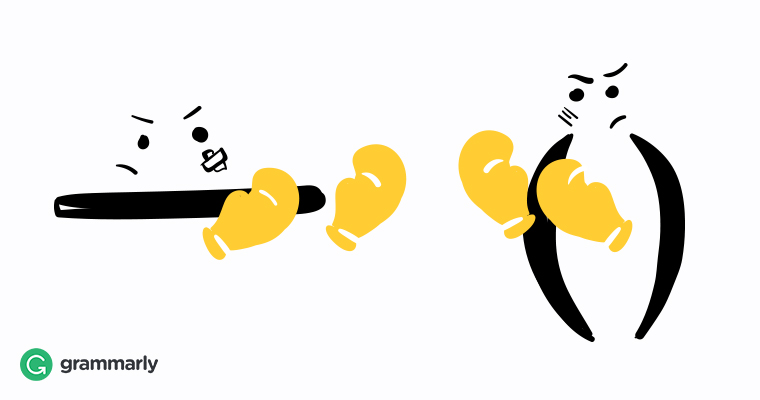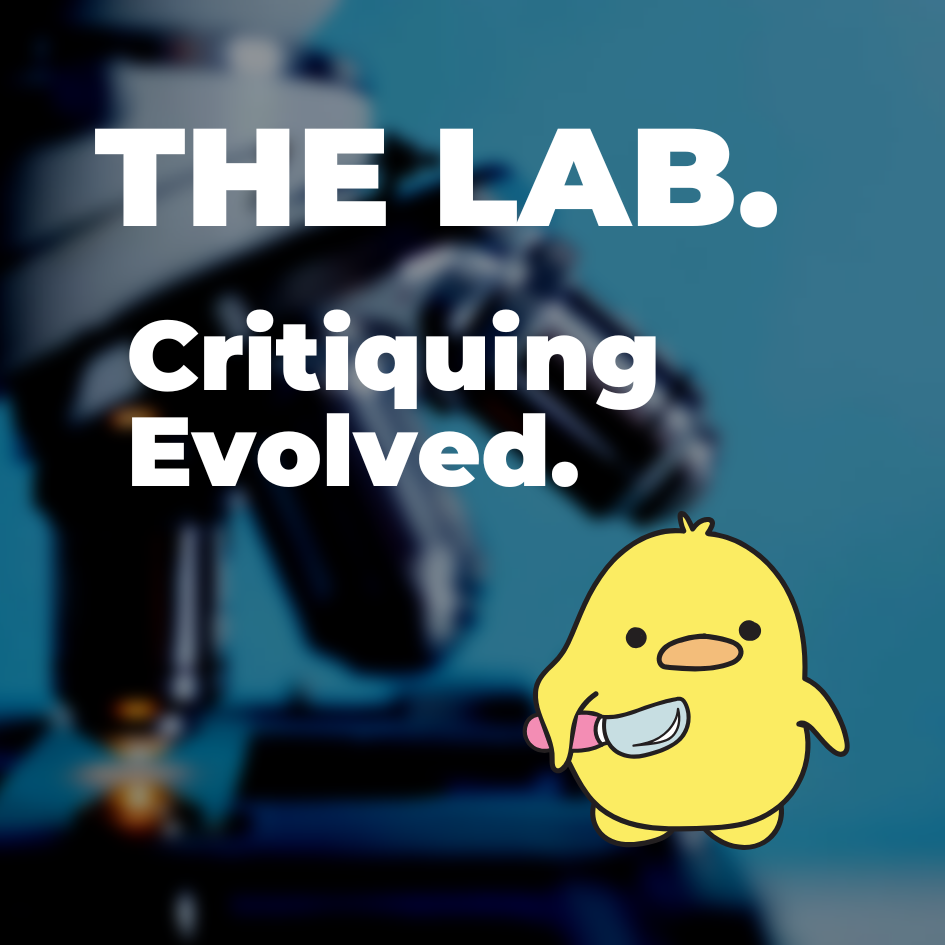Carol Rose
Basic
WRITING MECHANICS – PART ONE
I know. I get it. Really. This isn’t a subject most writers want to think about. They simply want to WRITE.
But nothing – and I mean nothing – will get you rejected faster on general principles than submitting a story littered with basic grammar or punctuation mistakes. It really is in your best interests to go through your manuscript with a fine-toothed comb and fix this.
Not all of us went through school absorbing these concepts and being able to apply them without really thinking about it as we go along. The lucky ones did. The rest of us need to concentrate on it, and here is what I suggest if you’re in that latter camp.
Do a pass for each of the points that you know give you trouble. Time and a boatload of effort? You bet. But it might mean the difference between a “Thanks, but not for us” and a “Yes, please send more” email.
I’ve split this topic into three posts, and they’re going to be long ones, so stick with me. Part One will cover basic punctuation. Parts Two and Three will delve into grammar.
These are also posts where I’m going to give you links so you can read more about each of the points on your own. And please understand, not all of the rules in the links are set in stone. There are slightly different versions of some of these points, so right up front, the important thing to keep in mind is CONSISTENCY. Pick a reference, study it, and then use that same reference all the way through your manuscript.
Publishers employ editors, and those editors use a consistent house style on all books accepted for publication. So those Oxford commas you love, or those semi-colons you painstakingly put in, might get changed or eliminated if that particular publisher does not use them. That’s how it works, so there’s no point in getting crazy over minute issues. As long as YOU show consistency, it demonstrates you understand there are rules, and you are able to apply them to your own work. It demonstrates you know how to use a reference, and are aware they exist. It demonstrates you’re a professional.
If you self-publish and use a freelance editor, he or she has a style they use as well. It’s easier to negotiate certain issues if you’re paying an editor on your own, but again, the key is CONSISTENCY. Any editor you pay should understand that point, and be willing to discuss personal preferences with you. If they’re not, move on and find one who is willing to.
All right. Enough with the chit-chat. Let’s get started.
Commas
I’ve started here because this is the one that trips people up more than any other. Don’t let it. Choose a reference and stick with it throughout your story. Seriously. That is the only advice I’m going to give on commas. The publisher will have a house style regardless of your favorite, so it’s not worth getting hung up about one way or the other. Just be consistent in your own work and you won’t go wrong.
Below are a few links. Again… please do not get hung up on the minutia of one or more of these links. The important point here is to choose a style and stick with it throughout your own manuscript.
https://guidetogrammar.org/grammar/commas.htm
https://www.businessinsider.com/a-guide-to-proper-comma-use-2013-9
https://www.grammarbook.com/punctuation/commas.asp
Periods
They belong at the end of a sentence. Also, ONE SPACE between them and the first word of the next sentence, not two. I was taught two as well, but break that habit. It makes your work look outdated, and says to the potential agent or publisher that you don’t know what you’re doing.
Question marks
They belong at the end of a question. Enough said.
Punctuating dialogue
See DIALOGUE – PART ONE and DIALOGUE – PART TWO. I’m not going rehash any of that here, but if you’re uncomfortable punctuating dialogue, please see those prior two Craft Chat posts. There are links to references in them as well.
Semi-colons
They are hardly used anymore, but if you love them, use them. Just bear in mind they might get eliminated if your publisher no longer uses them. What are they? They join two independent clauses without using a conjunction such as and. See below for a good reference on how/where to use them.
https://www.grammarly.com/blog/semicolon/
Colons
Again, they are hardly used anymore. If you love them, use them, but the same caveat above applies. A colon instead of a semicolon may be used between independent clauses when the second sentence explains, illustrates, paraphrases, or expands on the first sentence. The links below give more information on their usage.
https://www.grammarbook.com/punctuation/colons.asp
https://examples.yourdictionary.com/examples-of-colons-and-semicolons-in-sentences.html
Exclamation points
Don’t. If you must, limit them to one or two for the entire book. Not kidding here. They completely lose their effectiveness if used too often, and they become jarring to read. Also, resist the urge to let them do the showing of emotion for you.
One exception to this is if you're writing children’s books or possibly middle grade work. Their use is better accepted, and often expected, in those genres/age groups. The best way to get a feel for this - how often they are used and in what circumstances - is to read in your intended genre. A lot.
Parentheses aka Brackets
For reasons I cannot fathom, they are coming back. Personally, I find them very distracting when reading, but that might be because it’s been roughly one hundred years since we’ve seen them regularly used in fiction. If you must use them, here’s a reference I found.
https://theeditorsblog.net/2015/09/02/dealing-with-interruptions/
Apostrophes
This is a HUGE pet peeve of mine. It drives me batshit crazy when I see apostrophes used for plural nouns instead of possession, and I see it a lot unfortunately.
The basic question you need to ask before you insert that apostrophe is simple: am I trying to show POSSESSION, or am I trying to show PLURALITY? If it’s the latter, you’re using that apostrophe in the wrong place.
Here is an example of INCORRECTLY using an apostrophe:
There were several cat’s on the window sill.
WRONG. The plural of CAT is CATS, not CAT’S. NO apostrophe is needed.
Is it tricky to correctly use apostrophes, even when you know you’re showing possession, not plurality? It can be, especially with nouns that are already plural – children, teeth, etc. So this is one of those instances where I’m going to give you the basics, but strongly advise you to find a reference and apply it consistently.
HOWEVER… generally speaking, apostrophes are used to show POSSESSION, not PLURALITY. If you take nothing else away from this section of the post, take away that point.
They are also used in contractions to indicate there are missing letters.
Let’s deal with each of those uses separately…
Examples of using apostrophes to show possession:
The cat’s litter box was full.
The subject of this sentence is the litter box. The apostrophe shows that the litter box belongs to the cat.
The woman’s hat was purple.
The subject of this sentence is the hat. The apostrophe shows that the hat belongs to the woman.
The cats’ litter box was full.
Again, the subject of this sentence is the litter box. The litter box here belongs to more than one cat. We could have shown multiple litter boxes were full by changing the noun to a plural one, but regardless, the rule of apostrophe use is the same. The apostrophe shows that the litter box belongs to the cats.
The cats’ litter boxes were full.
The subject is still the litter boxes. But even though the subject is now plural, the apostrophe use rule remains the same. The apostrophe shows that the litter boxes belong to the cats.
The women’s hats were purple.
Another plural noun, but again the rule remains the same. The subject of the sentence is the hats. The apostrophe in this sentence shows that the hats belong to the women.
Examples showing apostrophe use in contractions:
Can’t = can not
The apostrophe substitutes for the missing letters N and O
Won’t = will not
This is one of those bizarre irregular contractions, but the premise is the same. The apostrophe isn't showing possession or plurality. It's acting as a substitute for missing letters.
They’re = They are
The apostrophe substitutes for the missing letter A
There are dozens more, of course. Using contractions is a matter of personal taste and local speech patterns. This is one of those areas that are very gray, so again, use them with consistency in your own work. We generally see contractions used more often in dialogue than narrative, but there’s no rule that says you can’t use them in narrative. See what I did there?

https://www.grammarbook.com/punctuation/apostro.asp
https://www.grammarly.com/blog/apostrophe/
https://www.wikihow.com/Use-Apostrophes
That concludes Part One. In Part Two we’ll move into grammar, covering filter words, dangling modifiers, and passive voice. In Part Three we’ll talk about adverbs, adjectives, glue words, unnecessary or redundant words, and repeated words.


 .
.



